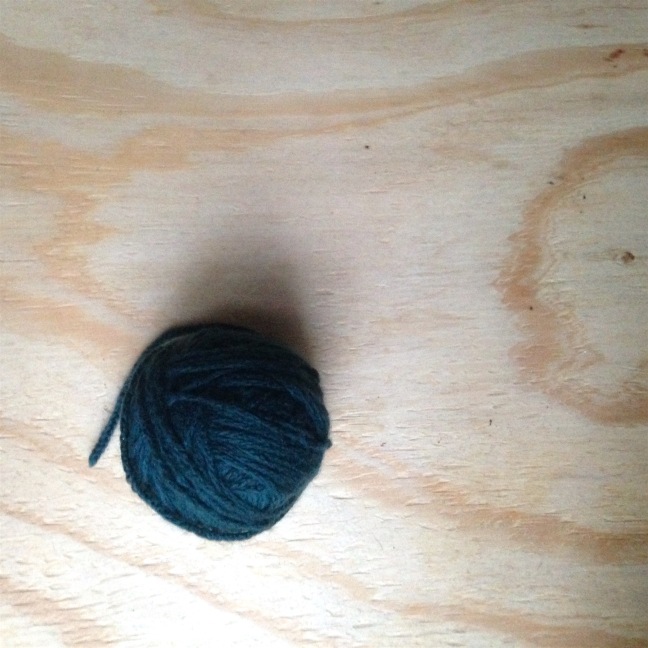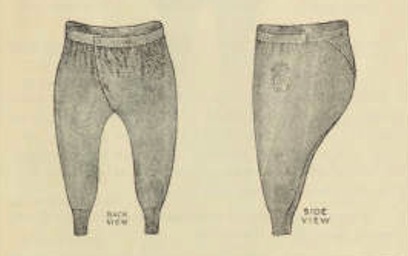Hello. Here we are in 2017. A very bittersweet 2017.
It’s hard to see beyond the bitter—many people are anxious, afraid, unsure, and exhausted. I am all of those things.
But there’s a sweetness to this time, too—many people are showing love, care, support, and commitment. I am trying to do those things.
Plus, the turning over of a new year, even a dreaded year, brings with it the relief of a fresh start and the energy of an untold story.
Here at the Fiber Archive, I’ve got some 2016 catching up to do (mainly finishing this guy!), but I’m also hatching plans for my first major project of 2017. I’m imagining a garment that encapsulates this weird year’s dual vibe: energy and exhaustion, anxiety and care, fear and commitment, protection and action. I need a garment that both comforts me and readies me for battle. I need a sweater vest.
That may seem like a strange, even wimpy, choice. We don’t think of the sweater vest as particularly tough these days. (Maybe because of this. Or this.) But the sweater vest is part of a long history of protecting one’s core with knitted or woven material. In a way, it was born to do battle.
The sweater vest is a distant relative of the gambeson, a quilted tunic worn underneath (or sometimes as) armor in the medieval era. The gambeson was “a thick woollen waistcoat, worn under steel armour, to make it sit easy on the body.”* Its name derives from the Old German word wamba, meaning “belly.”** This makes sense, as the garment’s purpose was to protect the body’s fleshy—and essential—middle from bruising or penetration by weaponry.
Even before the gambeson, there was the Greek linothorax. Made from layers of linen, fused and laminated with animal glue, the linothorax transformed a soft, woven fabric into a hardened vest that rivaled metal armor from the era.
Fast forward to nineteenth-century dandies and further forward to twentieth-century golfers and cricketers, and we see the sleeveless garment get pared down to become more mobile and versatile. And of course, we see it migrate into women’s fashion with the rise of feminine workwear in the second half of the twentieth century. The practical is interwoven with the aesthetic, as the sweater vest continues to meld inward warmth and protection with outward polish and display.
So yes, a sweater vest will be my armor of choice heading into this season of resistance. I’ve got the perfect yarn—undyed wool from the villsau (“wild sheep”) of Norway, purchased on my visit to Hillesvåg Ullvarefabrikk last August. So not only will my vest be harking back to some of the earliest and most innovative forms of armor, but it will also have a bit of Viking spirit.
Get ready, 2017: my wamba and I will be warm, protected, and prepared for battle in the name of all those who find themselves vulnerable in these bittersweet times.
xoxo to infinity,
LWS






 First, the Woolen System. Those of us who are spinners, weavers, knitters, and crocheters are well versed in the wonders of wool. But it was news to me that, more than a century ago, there arose an influential school of thought that wool is not only a practical material but also a supremely healthful one. In 1880, Dr. Gustav Jaeger (sometimes Jäger) published Standardized Apparel For Health Protection on the health benefits of wearing wool, and he followed it up with Health-Culture (<– how great/vague is that title?!) in 1887.
First, the Woolen System. Those of us who are spinners, weavers, knitters, and crocheters are well versed in the wonders of wool. But it was news to me that, more than a century ago, there arose an influential school of thought that wool is not only a practical material but also a supremely healthful one. In 1880, Dr. Gustav Jaeger (sometimes Jäger) published Standardized Apparel For Health Protection on the health benefits of wearing wool, and he followed it up with Health-Culture (<– how great/vague is that title?!) in 1887.